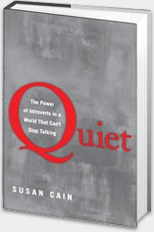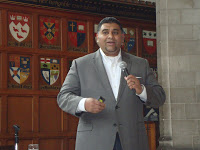-
Platinum Service – When a brand loves you back
Anyone who knows me knows, I love being a member of ZipcarFor the past few yearsI…
-

Quiet: The Power of Introverts in a World That Can’t Stop Talking
Six Word Review: Required reading for the thinking class. I have read hundreds of books that…
-

Why search for a job before you need it
When I was a University student,we never talked about job search Things have changed! Wonderful chance…
-

Pink Ribbons Inc. – A first step to dialogue
I’m sweating a bit. Nervous. Never wrote a post that the potential to outright anger so…
